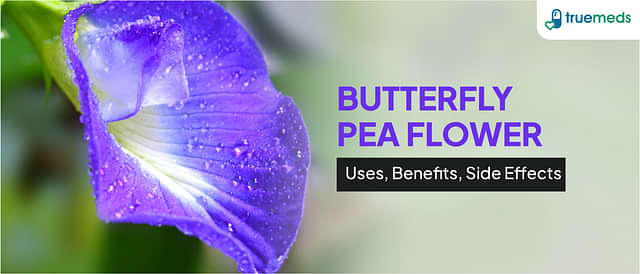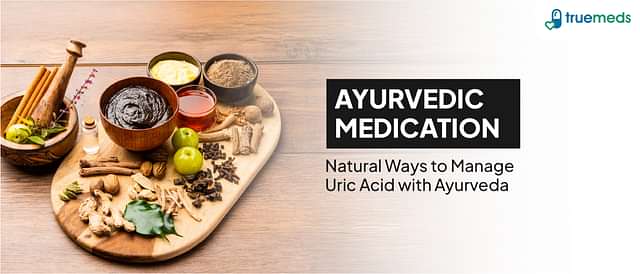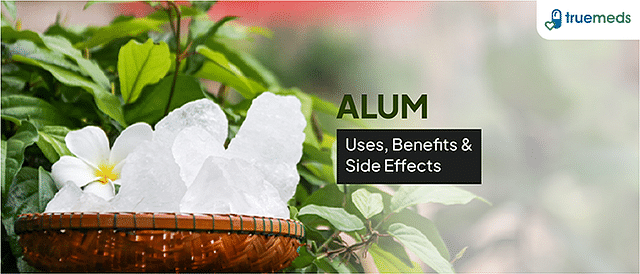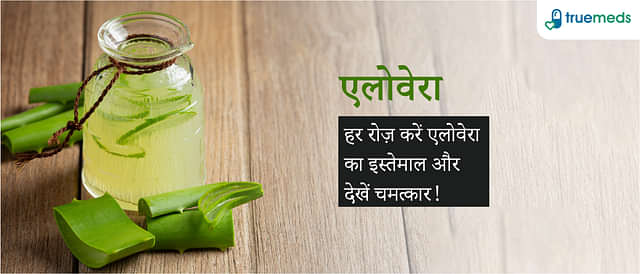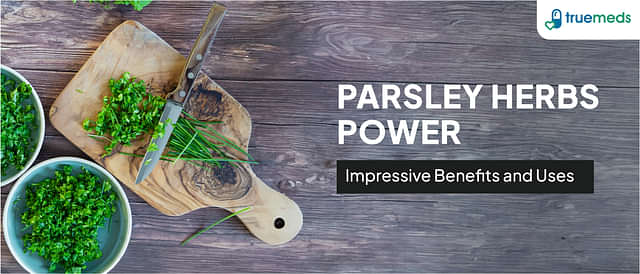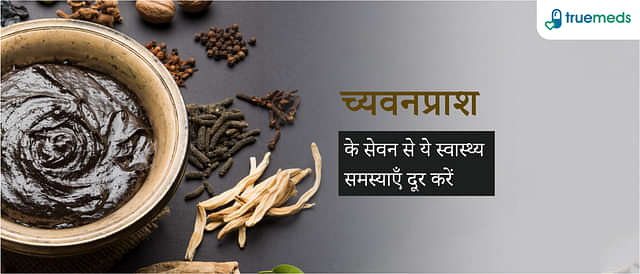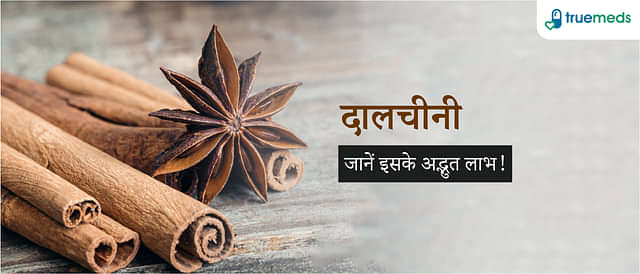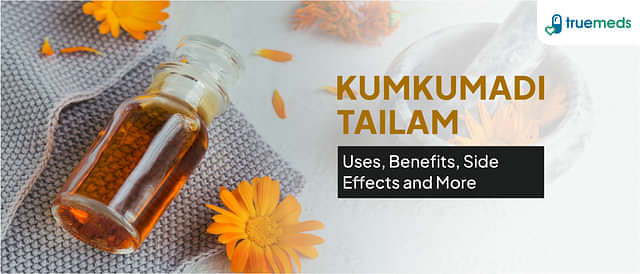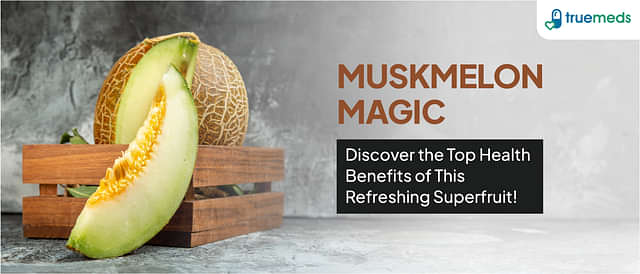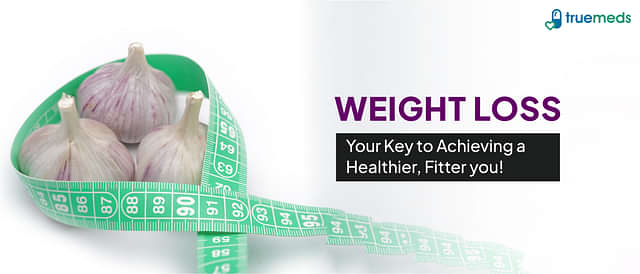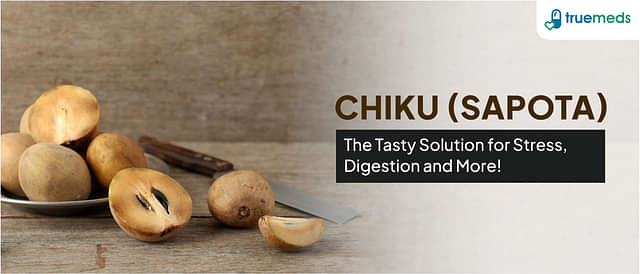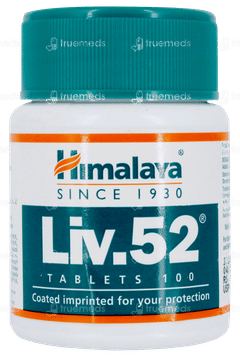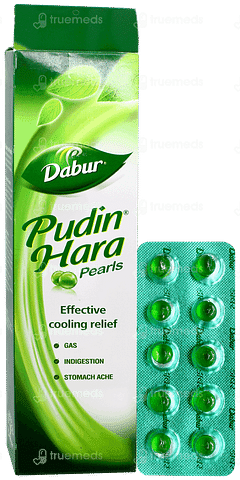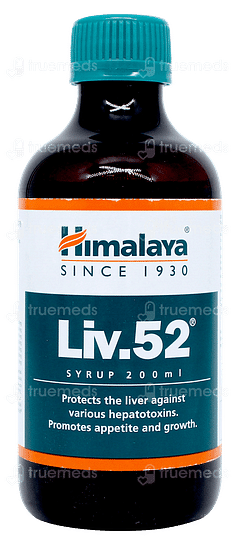Tejpatta
Tejpatta (Indian bay leaf, Cinnamomum tamala) is an aromatic herb used in both cooking and traditional medicine, especially in Ayurveda. Known for its anti-inflammatory and antioxidant properties, it helps manage respiratory issues, improve blood sugar regulation, and promote heart health. The bioactive compounds in Tejpatta, such as eugenol and cinnamaldehyde, support overall wellness by reducing oxidative stress, aiding digestion, and helping with cholesterol and blood pressure management. It is commonly consumed in bay leaf tea or through vapor inhalation for respiratory benefits.
Last updated on : 28 Aug, 2025
Read time : 14 mins
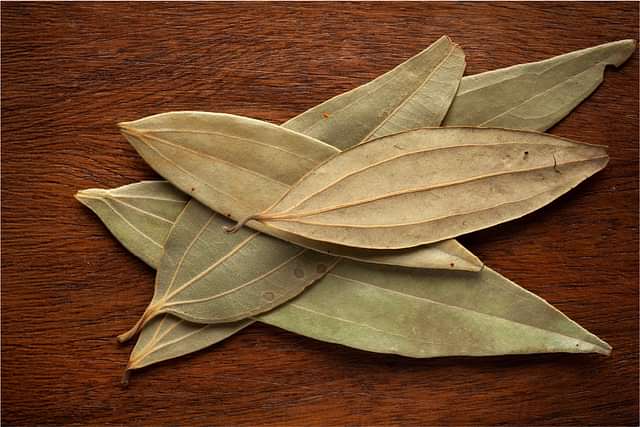
What is Tejpatta?
Tejpatta, or Indian bay leaf in English, is derived from Cinnamomum tamala of the Lauraceae family. The ingredient is widely applied in Indian cuisine due to its unique flavor and smell. The plant leaves are large and shaped like a triangle, slightly leathery. When dried, it has a light, sweet, and spicy smell similar to cinnamon and clove. Tejpatta is usually incorporated into spicy foods such as curries, biryanis, soups, and stews, giving a fascinating aroma.
They are also used in elixirs in various traditional medicinal practices in India, particularly in the Ayurvedic system. In Ayurveda, Tejpatta (Bay leaves) is traditionally valued for its potential to manage inflammation, improve digestion, and provide antioxidant support. It contains naturally occurring compounds such as cinnamaldehyde and eugenol in its leaves, which contribute to its medicinal value. Tejpatta is also used in various forms of Ayurveda, Siddha, and other traditional medical systems to treat conditions like indigestion, respiratory disorders, and inflammation. The oil extracted from the leaves has antioxidant and antimicrobial properties.
Source of Tejpatta
Tejpatta, or Cinnamomum tamala, is a spice commonly used in Indian cooking and traditional medicine. It comes from the leaves of a tree indigenous to the tropical and subtropical areas of the Himalayas, specifically in India, Nepal, and Bhutan. These leaves are fragrant and have been used for cooking and medical purposes for thousands of years. Tejpatta contains many essential oils like cinnamaldehyde and eugenol, which contribute to its flavour and medicinal properties, such as antioxidant and anti-inflammatory.
Key Facts
| Feature | Details |
| What is Tejpatta? | Tejpatta, or Indian bay leaf (Cinnamomum tamala), is an aromatic leaf used in Indian cooking because of its sweet, subtle flavour and aromatic qualities. It is usually used in dishes like biryanis, curries, soups, etc, to add flavour. |
| Source | Tejpatta is sourced from laurel trees in the eastern Himalayas and contiguous areas of India, Nepal, and Bhutan. The leaves are used in Indian food because of their aromatic flavour and medicinal properties. |
| Alternative Names |
|
| Health Benefits |
|
| How to Use | Tejpatta(Indian bay leaf) comes in powdered form and can be used in soups, curries, and rice to give a subtle, aromatic flavour. Whole leaves are generally used in tadka or slow-cooking dishes. Tejpatta oil is commonly used in Ayurvedic medicine for its anti-inflammatory properties. |
| Side effects | Some people might have an allergic reaction to tejpatta (indian bay leaf), which could result in skin rash or breathing problems. Not to mention, exceeding more than 3mg a day could result in a stomach ache. |
| Dosage | For Adults: Around 1gram For Children: 10-20 mg per kg of body weight |
| Precautions | Allergic Reactions |
| Interaction | Because of its hypoglycemic properties, Tejpatta could potentiate the effects of some medications, such as insulin or oral hypoglycemic agents. It might also react with blood thinners, so if taken with anticoagulants, it may be at risk of bleeding.
|
| Storage | Tejpatta should be kept in a sealed jar. It can also be stored in the freezer for a long time to keep it fresh and avoid absorbing any moisture. |
Alternative Name of Tejpatta
Tejpatta botanical name is Cinnamomum tamala, and is also known as Indian bay leaf, laurel leaf, malabathrum leaf, Indian cassia leaf, Tamala, tejpat, tej batha, Indian bark, and myrtle cassia in various languages and regions, respectively. Tejpatta in English is called "Indian bay leaf" due to its similarity to the European bay leaf. In Sanskrit, it is called "Tamala" or "Tejapatra." In Hindi, it is known as "Tejpat" or "Tejpatta." Also, in other Indian languages like Bengali, it's Tejpata, and in Telugu, it's Tamalapatra. These names indicate the prevalence of this spice throughout India and its importance in Ayurvedic and culinary practices.
Chemical Composition of Tejpatta
The main bioactive compounds are cinnamaldehyde and eugenol, which are essential oils. These compounds contribute to its distinct aroma and flavour. The leaves also have tannins, glycosides, and flavonoids, which are antioxidants and anti-inflammatory. Other constituents, such as terpenes-4-ol, linalool, alpha-terpineol and methyl chavicol, also add to their medicinal properties, especially in traditional medicine used for digestive and respiratory problems.
Nutritional Value of Tejpatta
Tejpatta (Cinnamomum tamala) contains several nutritional components that contribute to its health benefits. Key ingredients include:
- Essential Oils: It is full of essential oils, the most prominent of which are cinnamaldehyde and eugenol, which have anti-inflammatory and antimicrobial properties.
- Polyphenols: Polyphenols present in the tepatta leaves are potent antioxidants that help fight oxidative stress and inflammation.
- Dietary Fiber: Tejpatta is rich in dietary fibre; it helps digestion and keeps the gut healthy.
- Vitamins: It contains vitamins such as vitamin A and Vitamin C to help strengthen the immune system and keep the skin healthy.
- Minerals: It is rich in minerals, including calcium, iron, and manganese, needed for strong bones and aids in the metabolic process.
Health Benefits of Tejpatta
There are many benefits, including treating the common cold, asthma, and skin disorders with its anti-inflammatory and antioxidant properties.
1. Diabetes
Research suggests that Tejpatta may support blood sugar management by improving insulin sensitivity and reducing oxidative stress. It is commonly used in Ayurveda for diabetic care, although medical supervision is essential. Tejpatta contains bioactive compounds like polyphenols and essential oils, which contribute to enhanced insulin sensitivity. Its antioxidant properties also help reduce oxidative stress, a factor often linked to diabetes complications. When consumed under medical supervision, Tejpatta may contribute to improved glycemic control.
2. Common Cold
Tejpatta is anti-bacterial, anti-fungal, and anti-inflammatory and is, therefore, a good natural remedy for various respiratory infections, including the common cold. One of the main effects of bay leaf is that it contains essential oils, one of which is eucalyptol, which helps to open nasal passages and clear sinuses. Bay leaf tea or steaming the leaves is a commonly used home remedy for colds, clearing a blocked nose and cough, and sometimes helps with a headache. Even better, bay leaf has been known to strengthen the immune system, so the body could better fend off infections.
3. Asthma
Tejpatta is traditionally used in Ayurveda as a supportive remedy for asthma and respiratory discomfort. Its anti-inflammatory and bronchodilator properties may help ease breathing difficulties. Tejpatta helps reduce inflammation in the airways, making it easier for asthma patients to breathe. Its bronchodilator effect also assists in alleviating airway obstruction. Additionally, Tejpatta contains antioxidants that combat oxidative damage to the lungs, which can worsen breathing challenges in respiratory conditions. Bay leaf is commonly used in asthma management through methods such as consuming bay leaf tea or inhaling its vapour.
4. Oral Health
Tejpatta also benefits a person's oral or dental health. This herb's antibacterial and antimicrobial powers help avoid the growth of harmful bacteria in the mouth, which may lead to dental problems like cavities, plaque buildup, and gum diseases. Mild analgesic properties of bay leaf soothe toothaches and gum discomforts. Chewing Tejpatta or incorporating it in mouthwashes can help prevent oral infections and freshen breath naturally.
5. Skin Disorders
Tejpatta is used in traditional medicine to treat many skin ailments because it is a natural antifungal, antibacterial, and antioxidant agent. They are proven to be good for acne, eczema, and rashes. Tejpatta contains cinnamaldehyde and eugenol, known to soothe skin inflammation and prevent bacterial infections. A paste from the leaves or essential oil can be rubbed on the skin to improve clarity and reduce redness or irritation.
Precautions While Taking Tejpatta
Tejpatta, or Bay leaf as it is commonly called, is trendy in cooking and traditional medicines because of its aroma and medicinal properties. However, certain precautions should be considered when incorporating it into your diet or herbal remedies.
1. Allergic Reactions
People allergic to plants in the Lauraceae family may have an allergy to tejpatta. Symptoms can include skin rashes, itching, or gastrointestinal discomfort. If you have any known allergies, you should talk to a doctor before taking them.
2. Dosage and Preparation
Tejpatta should be consumed in moderation. Too much can cause gas or a bloated feeling. Medical use requires following the prescribed dosages and ways of preparation to ensure that the benefits are achieved and the risks are minimised.
3. Pregnancy and Breastfeeding
Pregnant and breastfeeding women should consult healthcare professionals before using Tejpatta as its safety is not well-established for these groups.
4. Drug Interactions
Patients taking anticoagulants, antihypertensive drugs, or hypoglycemic agents should avoid Tejpatta without prior medical consultation due to potential drug interactions.
How to Use Tejpatta
Tejpatta is used for various culinary purposes. Some of them are:
1. Whole Leaves in Cooking
Flavouring Rice Dishes:
- When preparing biryanis or pulao, add a few Tejpatta leaves while frying the rice or boiling it. Remove it before serving the dish.
Adding to Soups and Stews:
- Put one Tejpatta leaf in the pot while cooking soups, broths, or stews.
- It imparts a pleasing, natural aroma if left to cook with the dish for some time.
- Its leaves should be removed before eating.
Incorporating into Curries and Gravies:
- After frying the spices for the curry or the gravy, place a Tejpatta leaf at the beginning.
- You should allow it to release its aroma while cooking the dish.
- A sharp crack is heard when the leaf is compressed
- Discard the leaf before serving.
2. Using Tejpatta Powder
In Spice Blends:
- Feel free to add a pinch of Tejpatta powder when cooking garam masala or spicy powder.
- You can supplement the recipes you choose with the blend in question in any way you deem fit.
Infusing in Tea:
- Sprinkle a little amount of Tejpatta powder into the tea.
- Bring it to a boil.
- Strain the tea and add honey to enjoy this flavourful beverage.
- Tejpatta tea is also used in weight management and stress relief due to its calming effects
Enhancing Marinades:
One can use Tejpatta powder in meat-marinated or vegetable preparations.
- Stir properly and leave it in the refrigerator for at least half an hour so the fruit marinade takes flavours from the vinegar mixture.
- Cook the marinated vegetables or meat.
- Enjoy the flavoured dish.
3. Tejpatta as a Mordant for Herbs
Tejpatta Tea for Digestion:
- Boil water and add a pinch of tej patta powder.
- Pour honey into the food, and of course, warm the tea.
Tejpatta Face Pack for Skin Treatment:
- Mix tejpatta with other creams like yoghurt, turmeric, and honey to make a face pack.
- Rub the paste over the skin.
- Let it dry for 10-15 minutes.
- Rinse thoroughly with water.
Recommended Dosage of Tejpatta
Tejpatta should always be taken according to age, health condition, and purpose to ensure safe and effective results. Here is the recommended dosage:
1. For Adults
General Therapeutic Dose: 500 mg to 3 grams of Tejpatta can be taken by an adult divided into two doses(morning and evening) for digestion problems like flatulence, indigestion, and mild gastrointestinal discomfort.
Maximum Safe Dose: 3 grams a day is the maximum dose that should be taken. Consuming more than that will lead to side effects such as sweating and frequent urination.
2. For Children
Pediatric dosage should be calculated as 10-20 mg per kilogram of body weight under professional supervision. However, it's essential to consult a pediatrician before administering medicinal doses to children.
3. For Lactating Mothers
Around 500 mg a day is safe during lactation, and it could help increase milk supply as it is a galactagogue (promotes milk secretion). However, not much research has been done on it. Therefore, checking with your healthcare provider before using it is essential.
4. For Blood Sugar Management
Tejpatta powder is used to control blood sugar, particularly among diabetics. After meals, the dosage is 1/4 to 1/2 teaspoon (about 1-2 grams) of Tejpatta powder. It helps control blood sugar by increasing insulin secretion and decreasing inflammation.
5. Culinary Use
Tejpatta is a common cooking ingredient added to curries, rice dishes, and stews for a better flavour. However, the amount generally used in cooking is only a tiny fraction of any therapeutic dose, anywhere from 1-2 whole leaves in any dish. It is safe and usually does not cause side effects.
Disclaimer:
The information provided here is for educational purposes only and should not be taken as medical advice. Dosage and suitability can differ for each individual. Self-medication may lead to adverse effects; therefore, professional guidance is strongly recommended.
Key Takeaways
- Source: Tejpatta is from the evergreen tree, also known as Cinnamomum tamala, and has been used as a spice and medicine in India.
- Composition: It has eugenol, cinnamaldehyde, tannins, and other essential oils in it, which make it a potent antioxidant, anti-inflammatory, and antimicrobial.
- Benefits: It helps digestion, controls diabetes, lowers cholesterol, and is anti-inflammatory.
- Forms available: Tejpatta is used as whole leaves, powder, and essential oil.
- Precautions: Excess consumption may cause heartburn, sweating, and gastric discomfort; pregnant women should limit intake.
Conclusion
Tejpatta is more than just a culinary spice, it holds a valuable place in traditional medicine due to its wide-ranging health benefits. From managing blood sugar and easing respiratory issues to supporting oral and skin health, this aromatic herb showcases potent antioxidant, anti-inflammatory, and antimicrobial properties. When used in the right form and quantity, it can help regulate digestion, support immunity, and provide relief in conditions like asthma, colds, and diabetes. However, moderation and proper medical advice are essential, especially for pregnant women and children.
FAQs
Is it possible to chew bay leaves?
What's the best way to use bay leaves?
Are bay leaves and basil the same?
What’s the method for drying Tejpatta (bay leaves)?
Can all bay leaves be eaten?
Is it safe to eat dried raw Tejpatta?
What’s the reason we burn Tejpatta at home?
Is it possible to use Tejpatta as a household cockroach repellent?
What benefits come from including Tejpatta in your dishes?
What advantages does Tejpatta offer for relieving flatulence (gas buildup)?
How does Tejpatta (Indian Bayleaf) help control high cholesterol?
References
- Gautam, P. (2023). Efficacy Of Traditional Indian Herbal Plants In Asthma Prevention: A Mini Review. NVEO - NATURAL VOLATILES & ESSENTIAL OILS Journal | NVEO, 1186–1190. https://www.nveo.org/index.php/journal/article/view/3745
- Batool, S., Khera, R. A., Hanif, M. A., & Ayub, M. A. (2020). Bay Leaf. Medicinal Plants of South Asia, 63–74. https://doi.org/10.1016/B978-0-08-102659-5.00005-7
- Mir, S. R., Ali, M., & Kapoor, R. (2004). Chemical composition of essential oil ofCinnamomum tamala Nees et Eberm. leaves. Flavour and Fragrance Journal, 19(2), 112–114. https://doi.org/10.1002/ffj.1236
Explore other categories
Related Health Articles
Latest health articles
Top Health Essentials
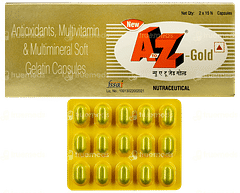
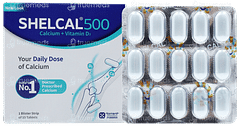
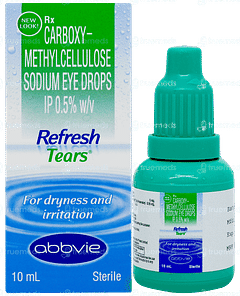
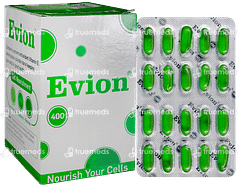
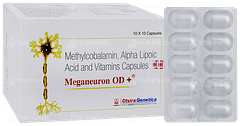
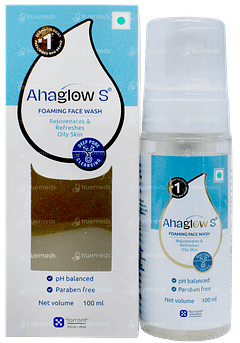

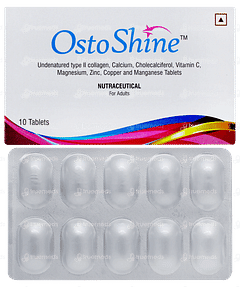
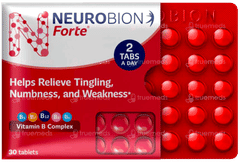
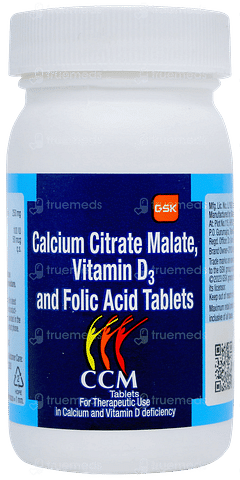
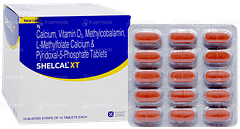
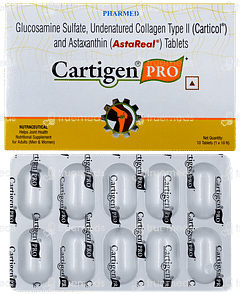
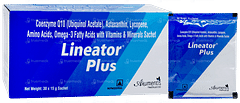
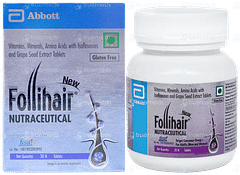
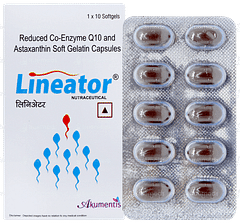
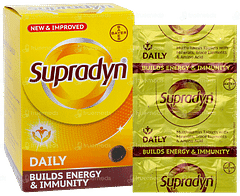
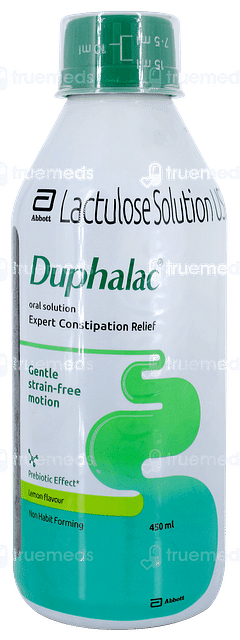
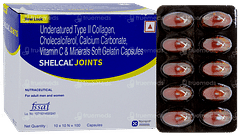
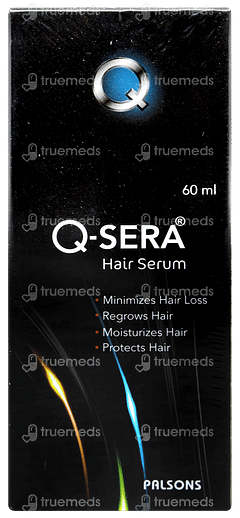
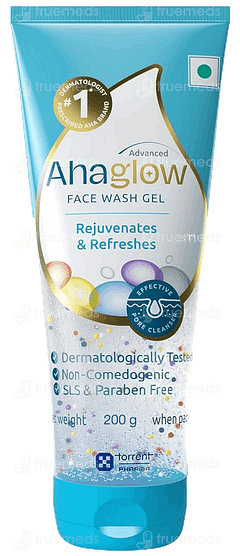
Top-selling ayurvedic products
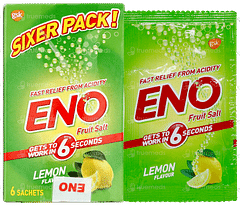
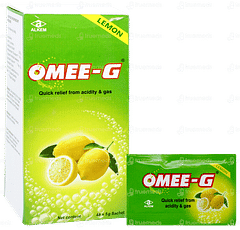
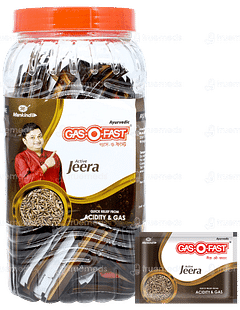
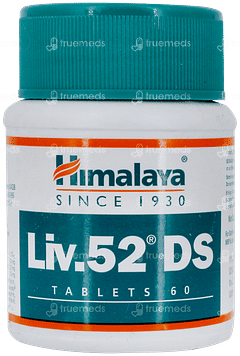
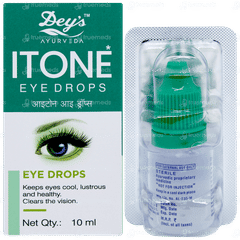
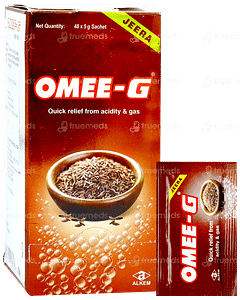
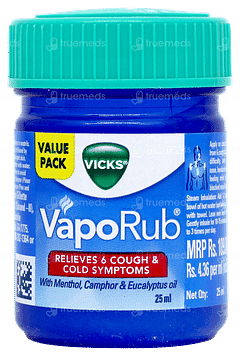
Disclaimer
Top-Selling Medicines:
...View more
Top-OTC medicines:
...View more
Top-selling healthcare devices:
...View more
Company
About UsHealth ArticleHealth StoriesDiseases & Health ConditionsAyurvedaAll MedicinesAll BrandsNeed HelpFAQSubscribe
Registered Office Address
Grievance Officer
Download Truemeds
Contact Us
Our customer representative team is available 7 days a week from 9 am - 9 pm.
v4.2.6
2025 - Truemeds | All rights reserved. Our content is for informational purposes only. See additional information.
Our Payment Partners










